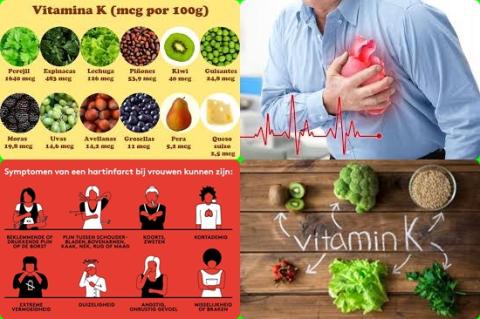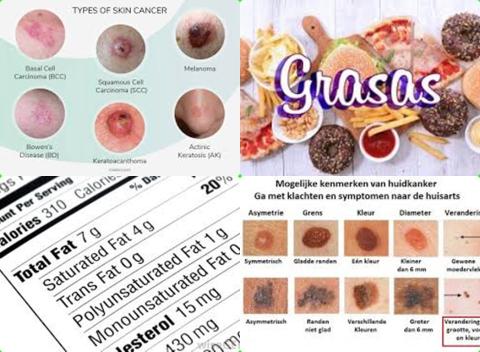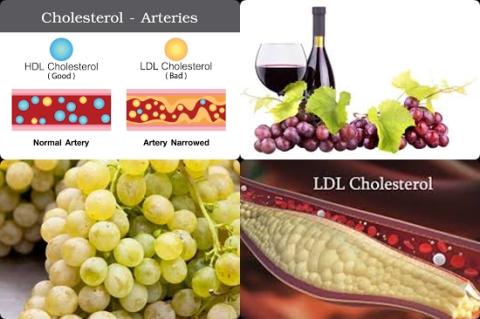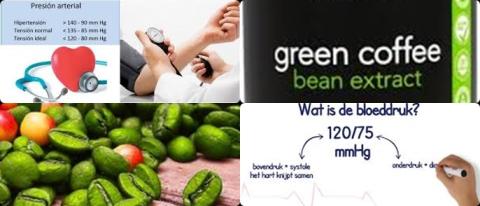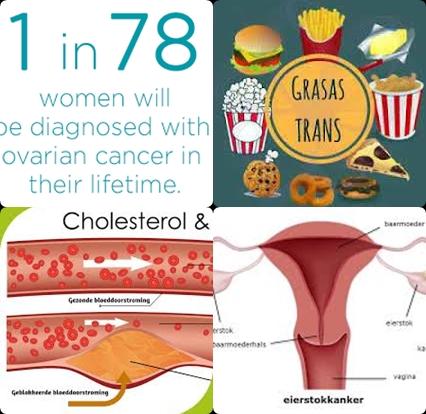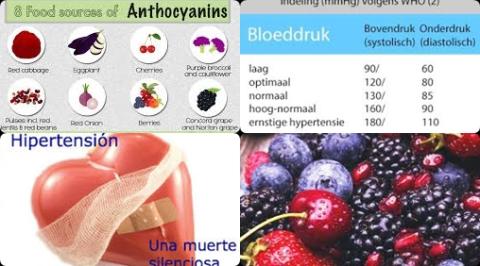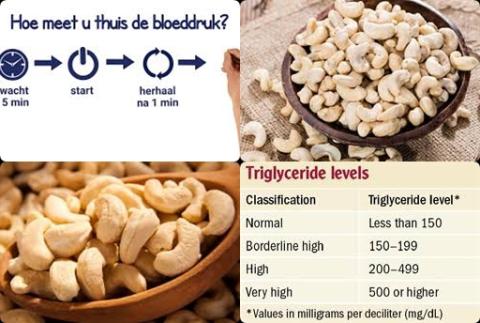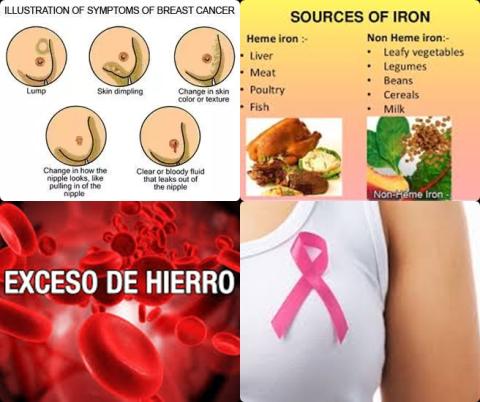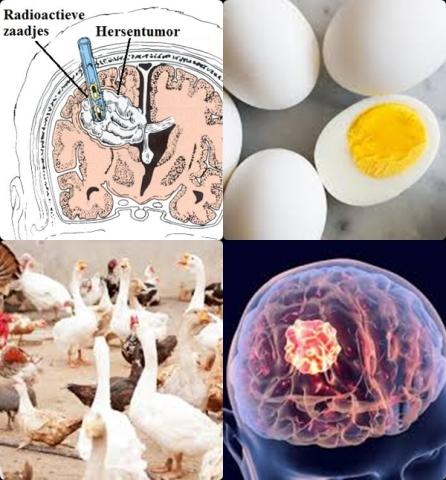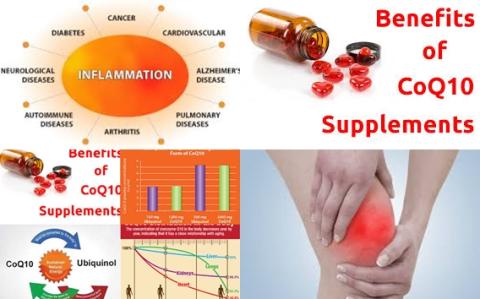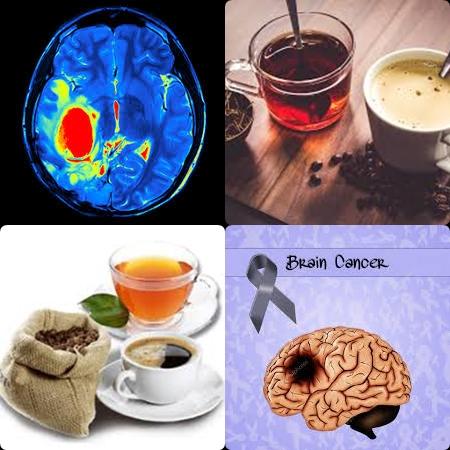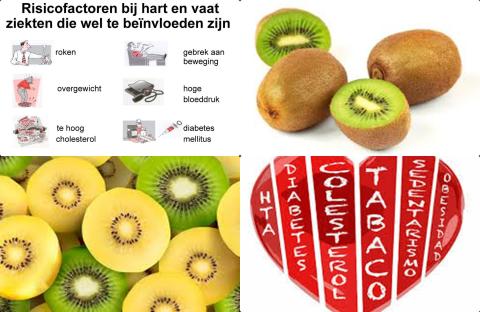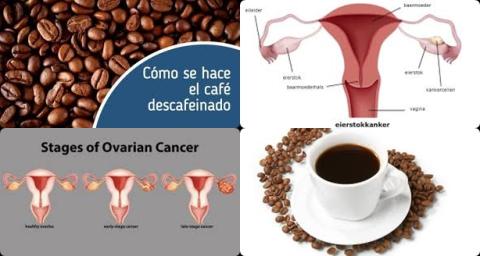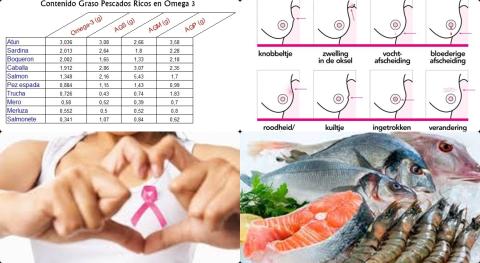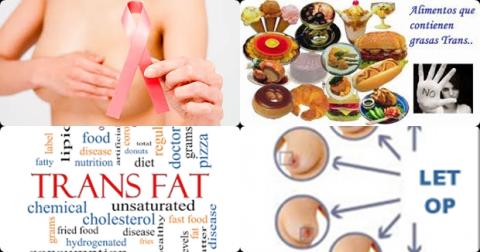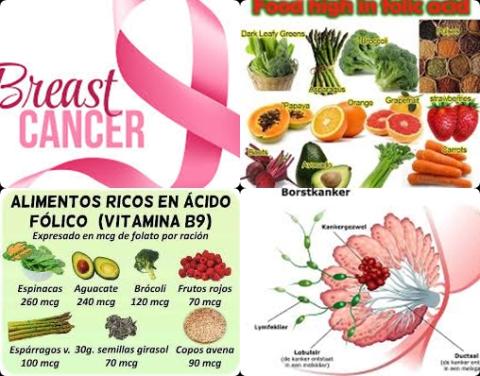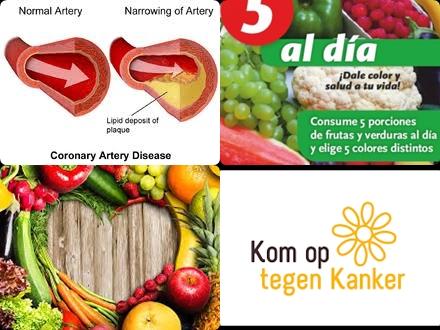Dietary fiber intake reduces endometrial cancer
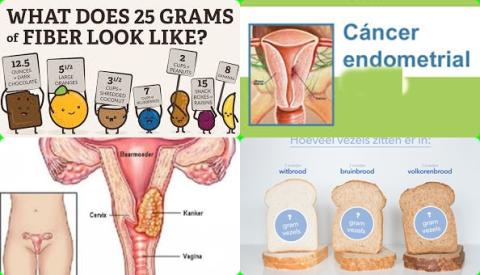
Objectives:
Does dietary intake of fiber reduce risk of endometrial cancer?
Study design:
This review article included 16 studies, involving 6,563 cases (persons with endometrial cancer).
Results and conclusions:
The investigators found dietary fiber intake significantly reduced risk of endometrial cancer with 14% [RR = 0.86, 95% CI = 0.78 to 0.93].
In stratified analysis, this trend was more pronounced in the case-control studies and in studies conducted in the Americas and Asia.
The investigators found dietary fiber intake significantly reduced risk of endometrial cancer with 26% after adjusting for education level [RR = 0.74, 95% CI = 0.60 to 0.88].
The investigators found dietary fiber intake significantly reduced risk of endometrial cancer with 30% after adjusting for age [RR = 0.70, 95% CI = 0.57 to 0.83].
The investigators found dietary fiber intake significantly reduced risk of endometrial cancer with 19% in studies with NOS scores of 6 (the higher the NOS scores, the more reliable the studies are) [RR = 0.81, 95% CI = 0.67 to 0.95].
The investigators found dietary fiber intake significantly reduced risk of endometrial cancer with 25% in studies with NOS scores of 7 [RR = 0.75, 95% CI = 0.62 to 0.88].
The investigators concluded dietary fiber intake reduces risk of endometrial cancer. Further efforts should be made to confirm these findings.
Original title:
Association between dietary fiber and endometrial cancer: a meta-analysis by Li H, Mao H, [...], Nan Y.
Link:
https://www.ncbi.nlm.nih.gov/pubmed/31584301
Additional information of El Mondo:
Find more information/studies on fiber, significantly/review article and cancer right here

